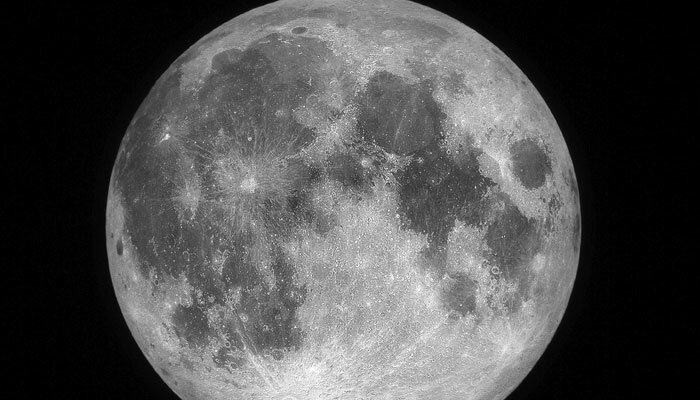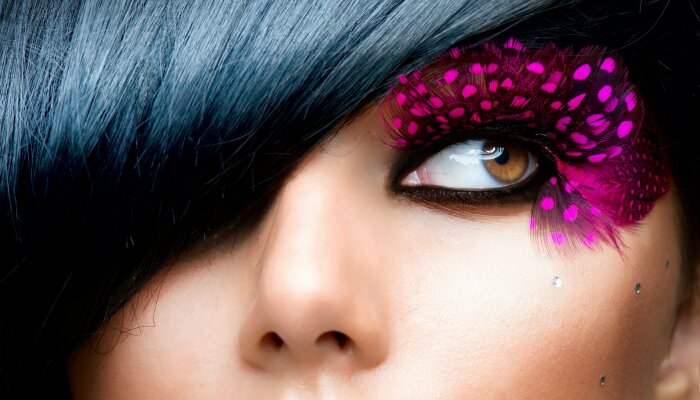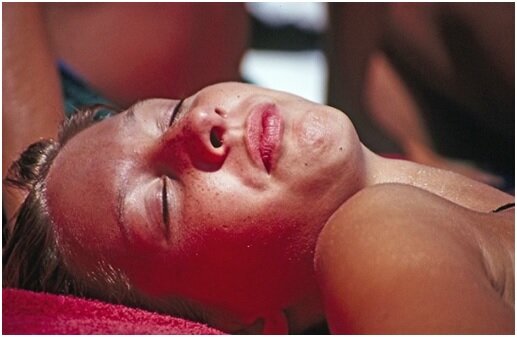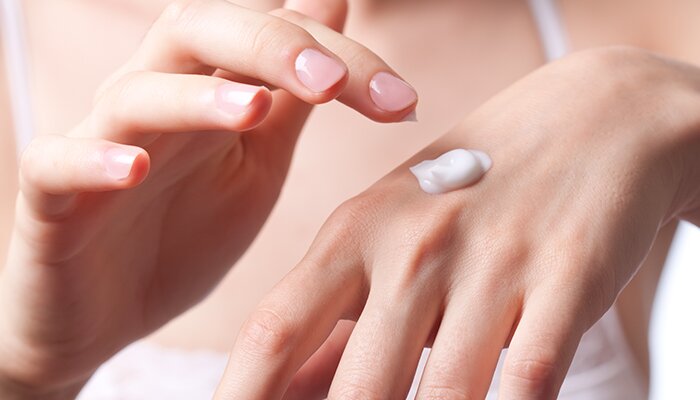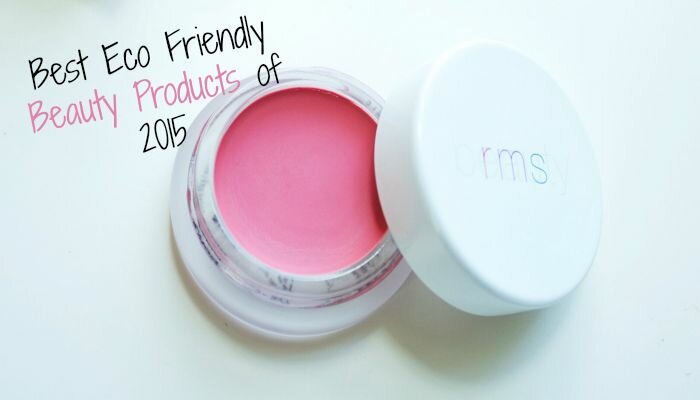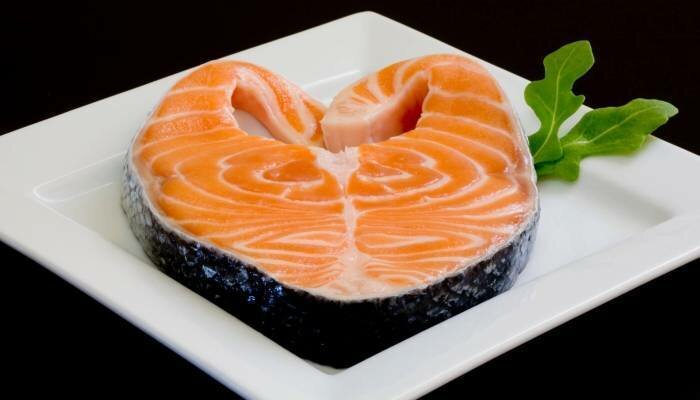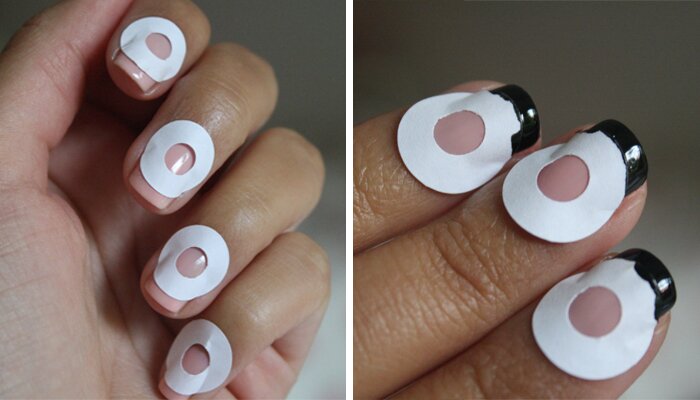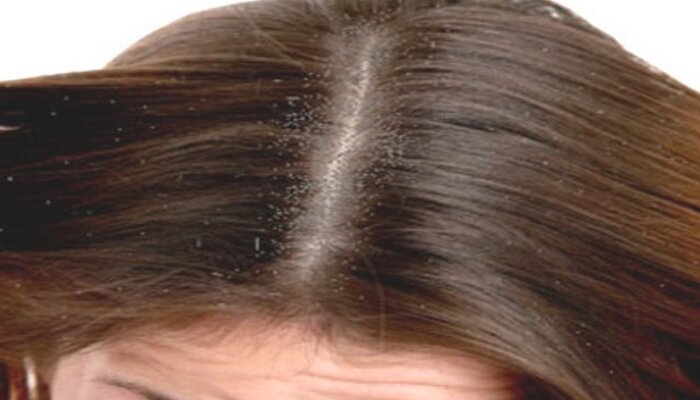It is misconception that flawless and perfect objects are beautiful. If we have a close look in our nature, then we can observe that not all the things are perfect around us. For example, the moon has several craters that are visible as grey patches when it comes up. Moreover, it does not emit its own light as well. These imperfections do not make the moon any less beautiful. The beauty of the moon has baffled the imaginations of the gods, poets, bards and the common person with equal élan.
It is a common trend that anything that is rare is considered as beautiful. If the examples of diamonds are considered, then they are universally accepted as beautiful. They have been adorning the bodies of human beings in the form of jewelries since times immemorial. However, colorful diamonds like pink or yellow ones are considered as much more exquisite and elegant. It should be noted that the colors that diamonds gain are because of the mineral deposits in their flaws, which makes them all the more beautiful.
The search of beauty in flaws and imperfections has been encouraged by the Buddhist teaching in such a way that a Japanese form of aesthetic worldview has developed in the name of Wabi-sabi. This concept defines beauty in something that is ‘imperfect, impermanent, and incomplete’. The Buddhist teaching of the ‘three marks of existence’ namely impermanence, suffering and absence or emptiness of self-nature forms the basis of the concept behind Wabi-Sabi.
Posted by Sadie Frost 7/10/15

